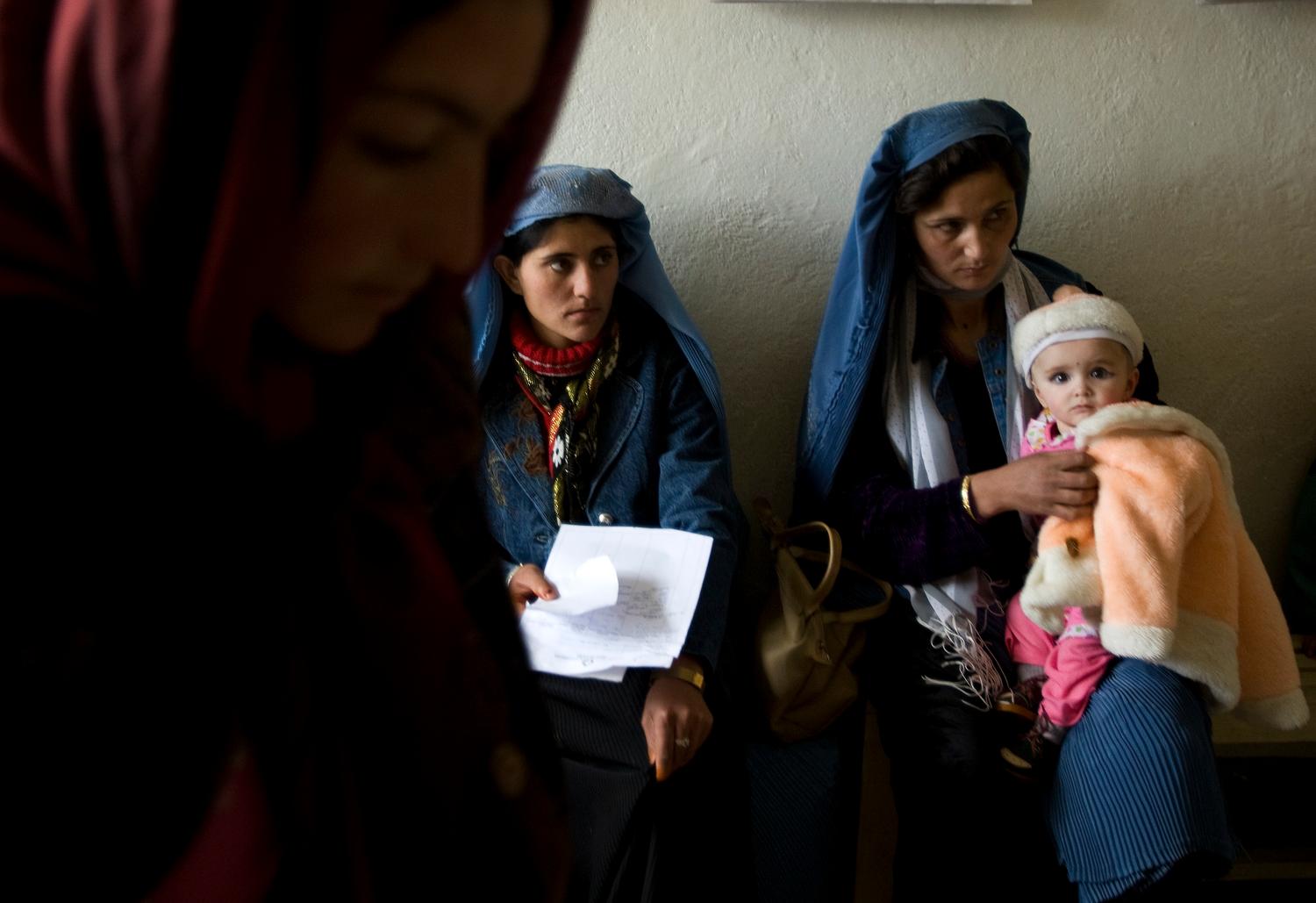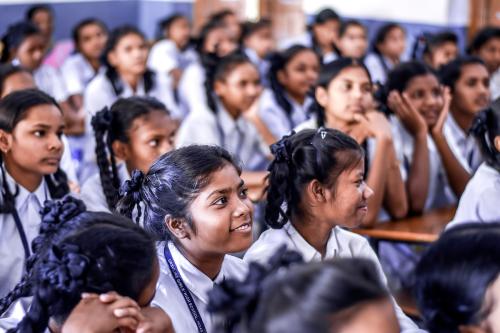Over the past decade, the Millennium Development
Goals (hereafter MDGs or “Goals”) have become
a central framework in organizing global
health efforts. Many developing countries have made
significant progress toward the official targets, including
Goal 4, which is to achieve a two-thirds reduction
in under-5 mortality rates (U5MR) by 2015 compared
to 1990. According to the United Nations’ latest estimates,
the developing world’s 2013 aggregate U5MR
had declined 40 percent since 2000, and 50 percent
since 1990.
But progress toward the Goals is not the same as
progress because of the Goals. Nor can the mere
setting of targets be considered the full scope of
what might be called the “MDG agenda.” The broader
agenda includes policy, organizational, and advocacy
efforts to mobilize targeted resources in the practical
pursuit of goals. It also includes the consolidation of
common global reference points across diverse public,
private, and non-profit actors, which might in turn
have prompted incremental efforts toward results. As
Manning (2009) has pointed out, “it is intrinsically
difficult to distinguish the impact of the MDG framework
itself from the strands of thinking that helped to
create it.”
Although causal pathways are difficult to discern
in aggregate, one highly correlated trend since the
launch of the MDGs is a significant expansion in global
health budgets. The Institute for Health Metrics and
Evaluation (2014) estimates that total development
assistance for health nearly tripled, from U.S. $10.9
billion in 2000 to more than $30 billion in each of 2011,
2012 and 2013 (all in constant $2011). These resources
have helped to launch and expand important new international
institutions, including the GAVI Alliance,
the Global Fund to Fight AIDS, Tuberculosis and
Malaria, and the U.S. presidential initiatives for both
AIDS and malaria, all of which have helped to expand
dramatically the country-level coverage of preventive
and therapeutic health interventions.
Skeptics tend to question the MDGs based on four categories
of critiques. One focuses on shortfalls in results.
Many countries are not on course to achieve individual
Goals, either because policy efforts or resources are
inadequate. A second criticizes the establishment of
political targets considered too ambitious to begin with. A third asserts that the developing world was
making advances prior to the establishment of the
MDGs, so the Goals should not be given credit for
progress that would have been made in any case. A
fourth argues that global aggregates might reflect
success, but these are driven by results in the most
populous developing countries, China and India, which
made progress independently of the MDGs.
As of the end of 2013, at least 7.5 million more children’s lives have been saved compared to the trajectory of progress as of 2001. The majority of these lives have been saved in sub-Saharan Africa.
With these questions in mind, and as the international
community considers the next generation of intergovernmental
targets beyond the 2015 deadline, it is
an appropriate juncture to examine the overarching “macro” hypothesis that the establishment of the
MDGs and related efforts to support their achievement
have been associated with accelerated progress
on intended development outcomes. This paper does
so with specific focus on MDG 4 for reducing under-5
mortality. The analysis focuses only on discerning
long-term variations in outcomes that coincide with
the establishment of the Goals. This is distinct from
an investigation of “micro” hypotheses regarding
how the MDGs might have been linked to variations in
U5MR outcomes within countries.
The results are striking. They show that the period
since the establishment of the MDGs has seen unprecedented
rates of progress among the poorest countries,
even when they are not on a path to achieve
the formal MDG targets. As of the end of 2013, at
least 7.5 million more children’s lives have been saved compared to the trajectory of progress as of 2001.
The majority of these lives have been saved in sub-Saharan
Africa. Moreover, the period since the turn of
the millennium appears to show convergent rates of
progress across developing regions. At a minimum,
the period from 2002 to 2012 was the first to show
a clear break in the previous long-run trend whereby
countries with higher U5MR saw systematically slower
rates of U5MR decline.
The paper is divided into ten sections. Following this
introduction, the second section describes the core
hypotheses used to test MDG performance. The third
section describes the data used in the analysis. The
fourth section describes key methodological assumptions,
including the definition of pre-MDG reference
periods and the distinction between On Track versus
Off Track countries at the outset of the MDG period.
The fifth section describes the results for the three
key tests of MDG performance, including variations
by region and country income group. Section 6 then
considers whether U5MR reduction trends have been
subject to deeper structural shifts. Section 7 presents
longer-term regression results evaluating trends over
more than five decades. The results suggest a structural
change in global trends since the onset of the
MDGs, so Section 8 estimates the number of children’s
lives saved that could be plausibly linked to the MDGs.
Section 9 considers future implications for new targets
to 2030. A final section concludes.



